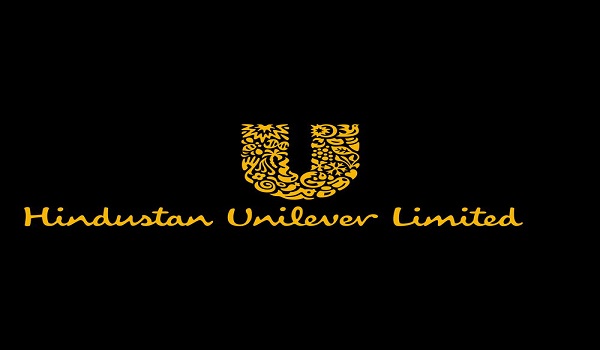Hindustan Unilever India (HUL) has reported a 0.1% growth in Q3FY2023, reaching INR154.6bn (US$1.86bn), but a -2% drop in profits after tax to INR34.6bn (US$416.4mn). The company attributed the drop in profits to efforts to lower tea end-product prices and ongoing climate and economic challenges. HUL CFO Ritesh Tiwari stated that price cuts in commodity-linked categories were taken to pass on the benefits of lower material prices to consumers. However, the overall negative price growth of 2% led to a flat Underlying Sales Growth. HUL CEO Rohit Jawa emphasized the need for a more cautious outlook in the food and beverage category due to the current operating environment in India.
An uneven monsoon has significantly impacted Kharif crops, such as rice and sugarcane, impacting agricultural yields and rural incomes. Lower reservoir levels are also a concern for Rabi crops, such as wheat and corn. The weather has been delayed and less severe this year, impacting winter categories. Rural consumer sentiment remains subdued due to lower agricultural yields and uncertainty of future crop outputs. Urban growth continues to outpace rural across many industries, and premium segments are performing better than mass.
HUL food and beverage has focused on its premium products, including Horlicks Plus, mayonnaise, and peanut butter, as well as other innovations. The premium portfolio continues to lead growth, growing at more than 2.5x of the mass portfolio. However, some categories, such as Health Food Drinks and Coffee, are witnessing commodity inflation, and consumers are downgrading in tea due to the price differential between premium and plain tea. The company is closely monitoring various innovations and activations in this sector.
HUL has expanded its Bru Gold portfolio with a new range of flavoured coffee in vanilla, caramel, or hazelnut, and introduced Knorr Korean noodles in Kimchi and Jjajangmyeon flavours. The company is focused on driving growth by attracting more users, creating more consumption occasions, and premiumizing its portfolio. Despite the trend of consumers tightening their purses, HUL believes brands like Horlicks and Boost hold the key to its long-term growth. The company believes HFD is a structurally attractive category with long-term growth potential as it serves the underserved, especially in micronutrients. The HFD portfolio penetration has increased by 600 basis points and market shares are increasing, with a strong top-tier value-added part in the portfolio. Overall, the business is profitable.
Milk prices in Horlicks and Boost products have soared due to inflation, causing a decline in consumption. However, the company is hopeful that as these impacts decrease, prices can be adjusted to increase new user consumption. The core Horlicks user has dropped consumption due to the inflation shock, but milk prices are now stabilizing to soften. The product is known to be more discretionary, so under income stress, consumers might choose not to consume as often or as much. This could have been a dampener due to the massive price increases and income stress experienced in recent years.
The product is expensive but widely consumed in the south and east of India, with sub-40% penetration in these areas and low penetration in the north and west. The opportunity for this category needs market education to drive market growth.


